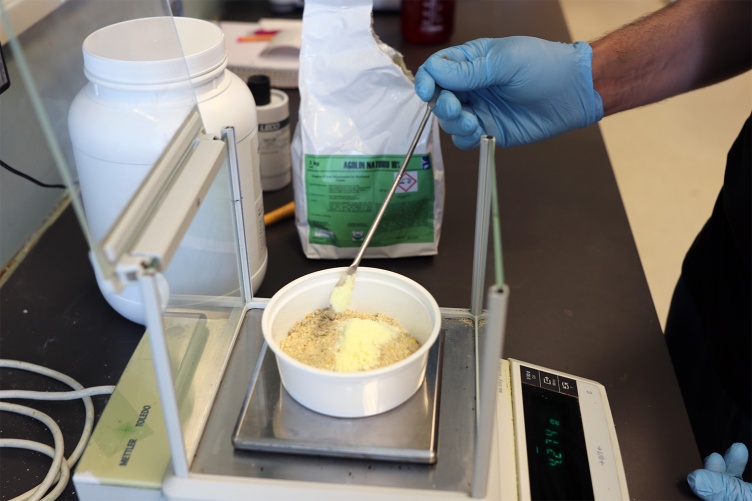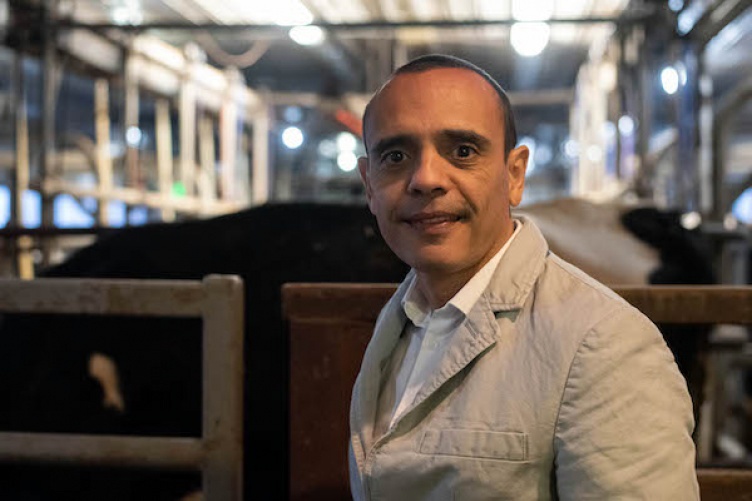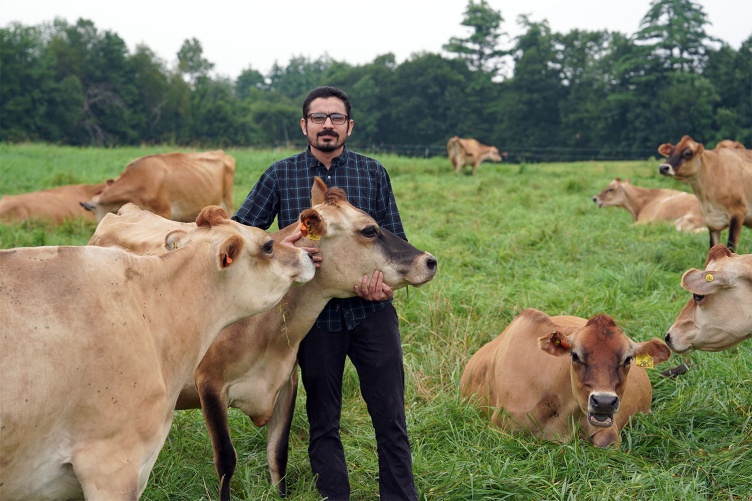Key Research Finding
Supplementing Agolin Naturu, a blend of essential oils in the diet of organic dairy cows improves feed efficiency and reduces methane, which is produced through belching following enteric fermentation (a digestive process that occurs in the rumen, or the largest compartment of the cow’s stomach). Agolin has the additional benefit of increasing the production of milk and milk fat.
Sources of Greenhouse Gases within Agriculture
Within the agricultural sector, nitrous oxide and methane are the two primary greenhouse gases released. Nitrous oxide emissions primarily arise from soil management practices, including the application of synthetic and organic fertilizers, while methane is largely produced through enteric fermentation (i.e., the digestion process) in ruminants like cows and sheep, with the beef cattle industry being a larger methane emitter compared to the dairy sector. Source: EPA
Operating in markets that have notoriously thin and volatile profit margins, dairy farmers deeply care about the well-being of the animals they manage because happy cows are productive cows, and that could often mean the difference between being in the black or red. One reason that a cow may have lower milk production is an inefficiency digesting its feed—an outcome that’s accompanied by cows’ releasing more methane, especially for pasture-grazing animals that consume legumes and grass. New research from New Hampshire Agricultural Experiment Station (NHAES) scientist Andre Brito is showing promise that adding a plant-based essential-oils blend known as Agolin Naturu in organic dairy cow feed can aid animals’ digestive process, not only increasing milk production and quality but helping New Hampshire’s agriculture be a solution to climate change by reducing the release of a heat-trapping gas into the atmosphere.
“There is limited research on the use of Agolin in the United States dairies, and we are not aware of any study conducted in organic dairy systems.”
“Feed additives used on organic dairy farms, like that at UNH and 14 others located across the Granite State, must meet stringent USDA guidelines,” explained Brito, an associate professor of dairy cattle nutrition and management. “Agolin, with its blend of essential oils from wild carrot and coriander, meets these standards, but scientists have only just recently started studying its use on organic dairies. One of our goals with this research is to build upon that knowledge and support organic dairies in reducing their greenhouse gas emissions while increasing their production levels.”
Small and mid-sized dairies—characteristic of 96% of New Hampshire farms—often benefit the most from research into maximizing production, as these farms have smaller profit margins and comparatively higher equipment costs than larger dairies. Additionally, there are unique opportunities to reduce enteric methane emissions in these farms through improved forage quality and use of feed additives to reduce their carbon footprint.
“There is limited research on the use of Agolin in the United States dairies, and we are not aware of any study conducted in organic dairy systems,” said Muhammad Adeel Arshad, a UNH College of Life Sciences and Agriculture Ph.D. student co-leading this research. “With cows in confinement, farmers can control the amount and type of feed they fed to their cows, but grazing cows select their most preferred grasses and legumes while on pasture. Therefore, there is a need to evaluate Agolin efficacy as cows transition from confinement to grazing.”
Brito and Arshad began studying the effects of Agolin on organic dairy cows at UNH in the spring of 2023. They designed a study in which organic Jersey cows were each fed 1 gram of Agolin per day for five weeks during confinement (i.e., when not at pasture) following winter-feeding schedules, and for five subsequent weeks when cows began to access to pastureland.
Additionally, the study was purposely conducted during the herds’ transition from an indoor, winter-feeding schedule to an outdoor, pasture-feeding schedule (which typically runs from April through September) due to changes that occur in organic cows’ microbial populations, which can affect milk production, as the cows acclimate to new conditions and food sources. Furthermore, scientists believe that this seasonal change in diet also influences methane emissions, resulting in greater methane production as the cows begin more pasture grazing.
“Our research investigates the continuous effect of Agolin on methane emissions and milk production as the cows transition from indoor to outdoor feeding,” explained Arshad. “We will be able to share with farmers when Agolin should be added to the cows’ diet to maximize its effects on methane emissions and milk production.”
According to Brito and Arshad, preliminary results already look promising and show that Agolin improved milk production by 6.5% and reduced the methane intensity, or amount of methane produced per pound of energy corrected milk, by 6%. The production of milk fat also increased, while the milk somatic cell count (an indicator of milk quality) reduced, with the Agolin feed.
For Brito and Arshad, a long-term goal of this research is to improve the capacity of dairy producers in New England and across the United States to market high-quality, environmentally sustainable milk while maximizing profits for small farms. This research effort—conducted at one of the two research dairy farms at the NHAES—is part of large-scale collaboration with 16 other research dairies at agricultural experiment stations across the United States is key to ensuring the success of that goal and the resiliency of U.S. dairy producers. Research efforts like this one ultimately show that improved production of milk and milk fat with reduced carbon footprint can help farmers to make informed decisions about the use of feed additives in their family operations.
This material is based on work supported by the NH Agricultural Experiment Station through joint funding from the USDA National Institute of Food and Agriculture (under Hatch award numbers 7005829) and the state of New Hampshire.
-
Written By:
Nicholas Gosling '06 | COLSA/NH Agricultural Experiment Station | nicholas.gosling@unh.edu





















































